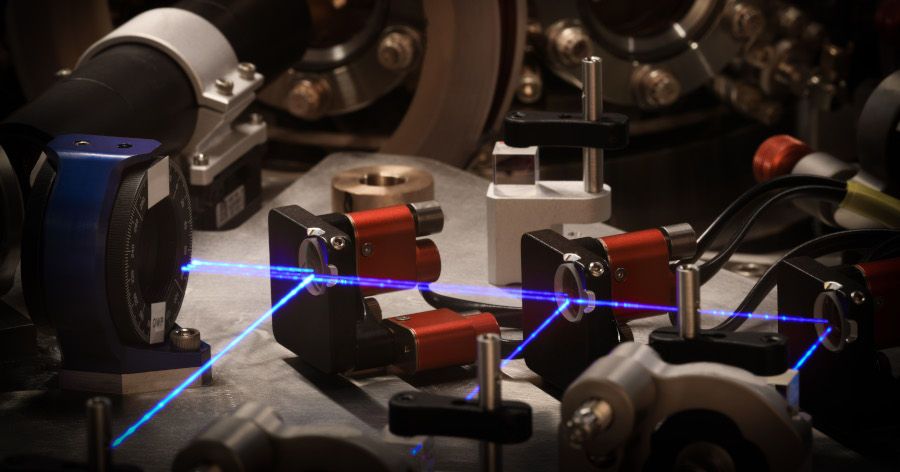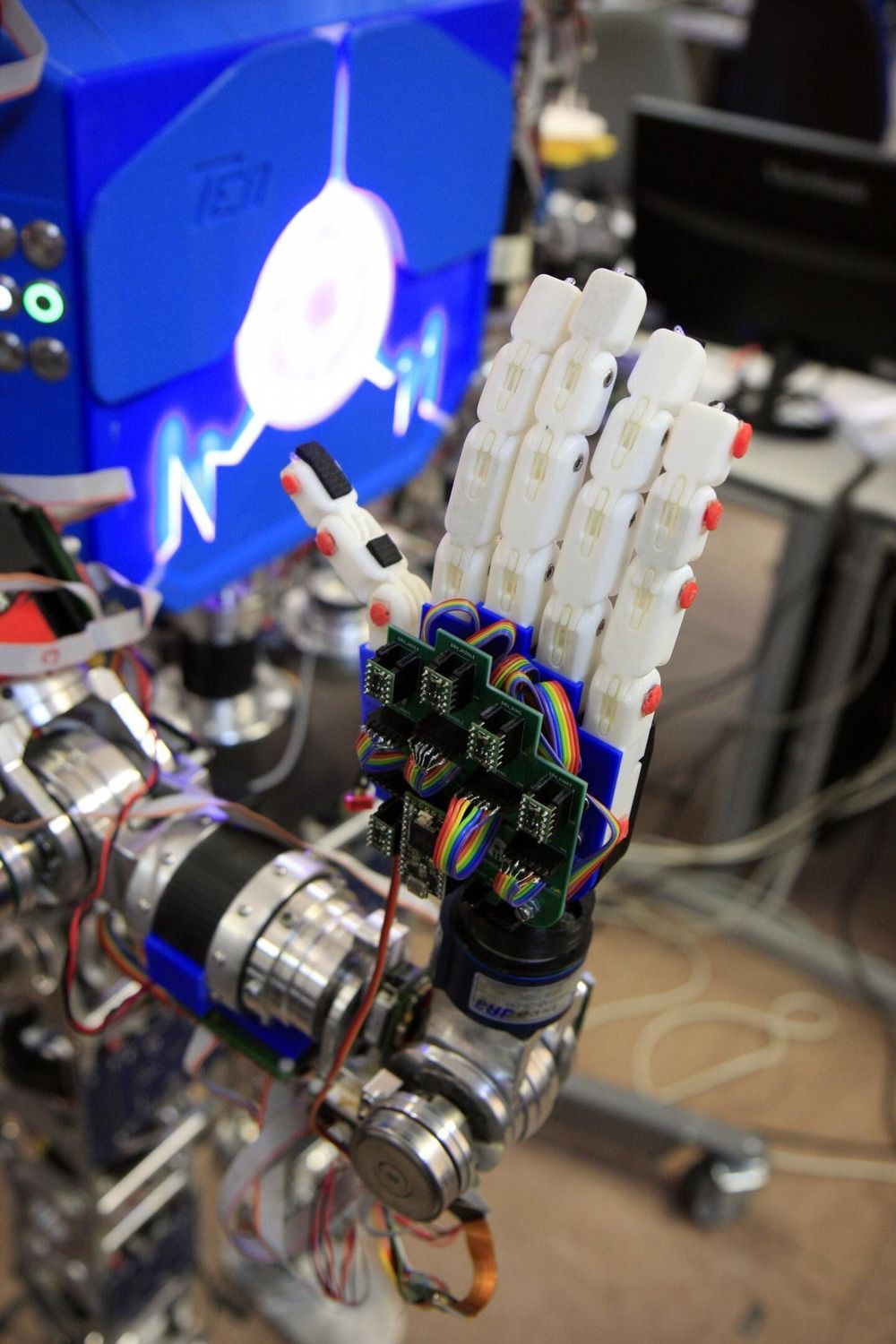The more we learn about the microbiome, the more the pieces are fitting together.
Get the latest international news and world events from around the world.
Climate Facts: Bridge to Nowhere
Report that natural gas is just as bad as coal due to rampant methane leaks which cause global heating.

Researchers discover semiconducting nanotubes that form spontaneously
If scientists could find a way to control the process for making semiconductor components on a nanometric scale, they could give those components unique electronic and optical properties—opening the door to a host of useful applications.
Researchers at the Laboratory of Microsystems, in EPFL’s School of Engineering, have taken an important step towards that goal with their discovery of semiconducting nanotubes that assemble automatically in solutions of metallic nanocrystals and certain ligands. The tubes have between three and six walls that are perfectly uniform and just a few atoms thick—making them the first such nanostructures of their kind.
What’s more, the nanotubes possess photoluminescent properties: they can absorb light of a specific wavelength and then send out intense light waves of a different color, much like quantum dots and quantum wells. That means they can be used as fluorescent markers in medical research, for example, or as catalysts in photoreduction reactions, as evidenced by the removal of the colors of some organic dyes, based on the results of initial experiments. The researchers’ findings have made the cover of ACS Central Science.
The Junk Food Effect
An apple a day won’t keep the doctor away for much longer. C02 pollution is sucking the nutrients out of our healthiest foods. #YEARSproject


Honeywell Trapped Ion Quantum Computer
Honeywell Quantum Solutions has demonstrated record-breaking high fidelity quantum operations on their trapped-ion qubits. It is a major step towards producing the world’s most powerful quantum computer. Honeywell targets an operational trapped ion quantum computer by the end of 2019.

Currently the leading trapped ion quantum computer is by the startup IonQ. There are commercial quantum annealing systems from D-Wave Systems with 2000 qubits. There are superconducting quantum computers with 16–72 qubits from Google, IBM, Intel and Rigetti Systems.

Team programs a humanoid robot to communicate in sign language
For a robot to be able to “learn” sign language, it is necessary to combine different areas of engineering such as artificial intelligence, neural networks and artificial vision, as well as underactuated robotic hands. “One of the main new developments of this research is that we united two major areas of Robotics: complex systems (such as robotic hands) and social interaction and communication,” explains Juan Víctores, one of the researchers from the Robotics Lab in the Department of Systems Engineering and Automation of the UC3M.
The first thing the scientists did as part of their research was to indicate, through a simulation, the specific position of each phalanx in order to depict particular signs from Spanish Sign Language. They then attempted to reproduce this position with the robotic hand, trying to make the movements similar to those a human hand could make. “The objective is for them to be similar and, above all, natural. Various types of neural networks were tested to model this adaptation, and this allowed us to choose the one that could perform the gestures in a way that is comprehensible to people who communicate with sign language,” the researchers explain.
Finally, the scientists verified that the system worked by interacting with potential end-users. “The deaf people who have been in contact with the robot have reported 80 percent satisfaction, so the response has been very positive,” says another of the researchers from the Robotics Lab, Jennifer J. Gago. The experiments were carried out with TEO (Task Environment Operator), a humanoid robot for home use developed in the Robotics Lab of the UC3M.

Robot uses machine learning to harvest lettuce
A vegetable-picking robot that uses machine learning to identify and harvest a commonplace, but challenging, agricultural crop has been developed by engineers.
The ‘Vegebot’, developed by a team at the University of Cambridge, was initially trained to recognise and harvest iceberg lettuce in a lab setting. It has now been successfully tested in a variety of field conditions in cooperation with G’s Growers, a local fruit and vegetable co-operative.
Although the prototype is nowhere near as fast or efficient as a human worker, it demonstrates how the use of robotics in agriculture might be expanded, even for crops like iceberg lettuce which are particularly challenging to harvest mechanically. The results are published in The Journal of Field Robotics.

Antigravity water transport system inspired by trees
Efficiently moving water upward against gravity is a major feat of human engineering, yet one that trees have mastered for hundreds of millions of years. In a new study, researchers have designed a tree-inspired water transport system that uses capillary forces to drive dirty water upward through a hierarchically structured aerogel, where it can then be converted into steam by solar energy to produce fresh, clean water.
The researchers, led by Aiping Liu at Zhejiang Sci-Tech University and Hao Bai at Zhejiang University, have published a paper on the new water transport and solar steam generation method in a recent issue of ACS Nano. In the future, efficient water transport methods have potential applications in water purification and desalination.
“Our preparation method is universal and can be industrialized,” Liu told Phys.org. “Our materials have excellent properties and good stability, and can be reused many times. This provides the possibility for large-scale desalination and sewage treatment in the future.”